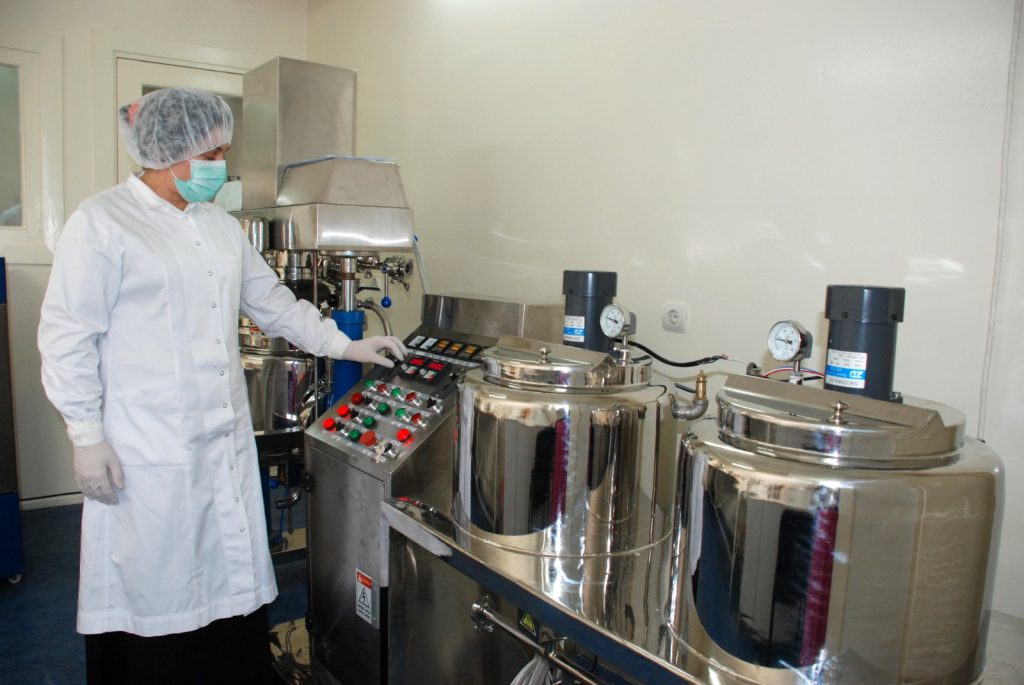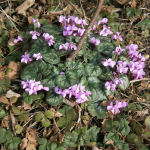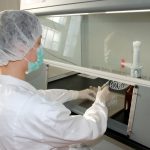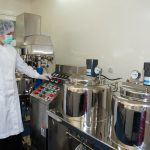Background
Iveriapharma is one of only a handful of firms worldwide that extract active compounds from Cyclamen coum (Eastern Sowbread). The tubers, harvested under strict CITES quotas in Georgia’s forests, provide the clinically proven sinus-relief spray Sinuforte/Nasodren. Because wild stocks regenerate slowly and annual export licences are capped, every external cost—harvesting fee, quota change, currency swing—flows straight to the bottom line.
For years that line held. A token harvesting fee of 0.1 GEL per kg funded conservation while still rewarding rural collectors, the treasury, and Iveriapharma plant. Steady margins financed R & D and greenhouse trials aimed at cultivating Cyclamen and easing pressure on the wild. Georgia, for its part, enjoyed foreign-exchange earnings and a reputation for responsible stewardship of a niche medical resource.

Challenge
A while ago the government floated a plan to multiply the harvesting fee several-fold to boost revenue. On paper: same tubers, higher levy, larger budget line. In practice the move threatened to unravel the chain that made the levy possible.
Cost compression. With the export quota fixed at roughly 50 000 tubers, volume cannot expand to dilute a higher unit cost. A ten-fold fee would erase up to 60 % of Iveriapharma’s gross margin the moment it took effect.
Supply contraction. Collectors trek long distances; if net pay drops below subsistence, legal gathering stalls. Unused quota means idle extraction lines and, paradoxically, greater temptation for unlicensed digging.
Revenue paradox. Fewer legal kilograms × higher fee can equal lower total revenue—a textbook case of tax-base shrinkage.
Strategic fallout. If Georgia prices itself out, pharmaceutical buyers pivot elsewhere, taking jobs, taxes, and goodwill with them.
Intuition said the proposal was dangerous; regulators demanded proof. Iveriapharma asked us to transform instinct into irrefutable evidence—fast.
Our Approach
Data foundation
We audited five years of granular data: purchase ledgers, extraction yields, labour overheads, energy costs, finished-goods pricing, and FX exposure.
Scenario engine
We built a simulation linking four variables—fee level, per-kg cost, collector participation, and state revenue. Field agronomists translated qualitative behaviour into elasticity coefficients: once the fee breaches a critical threshold, collector turnout drops sharply and legal supply withers.
Stress testing
The engine ran nine fee points, from a modest rise to a ten-fold hike. Each run produced:
- Adjusted cost of goods and resulting gross margin
- Predicted legal harvest volume versus quota
- Total government revenue at the new rate
- Sensitivity bands for currency swings and price-cap scenarios
Plotting the outputs revealed two mirrored curves: company profit and treasury revenue both climbed, peaked, then dived. The safe window—where both parties gain—proved narrow, but it existed.
Narrative & visuals
Insight matters only when digestible. We distilled findings into:
- A single graphic showing the revenue curve cresting, then collapsing beyond break-even
- A concise, plain-language brief framing the choice as optimisation, not confrontation
- A field analogy—over-grazing a pasture until no grass remains—so non-financial officials could grasp the risk instantly
Alongside the numbers, we embedded a broader lesson: whenever margins hinge on external rules, evidence-based calibration—not blunt increases—protects both public revenue and private viability.
Impact
Policy reset. Equipped with clear evidence, Iveriapharma entered consultations as a collaborator, not a supplicant. Regulators accepted our peak-revenue point and scaled the fee increase back inside the safe window.
Margin security. The revised rate preserved working capital for quality upgrades and greenhouse trials, while collectors kept their livelihood—preventing a talent drain that would have stranded supply.
Revenue stability. The treasury avoided a boom-bust cycle and secured a predictable, incremental rise in conservation funds tied to volumes that would actually be delivered.
Strategic optionality. With crisis averted, Iveriapharma accelerated its cultivation programme, gradually insulating the business from wild-harvest volatility and future policy shocks.
Transferable insight. The same model now underpins projects across sectors where margin structures face policy-driven shocks—export duties, licence fees, or compliance costs. By coupling granular data with behavioural economics and clear storytelling, we map tipping points that keep regulation effective without wiping out productive capacity.
What We Delivered
An end-to-end margin simulator linking biology, logistics, finance, and tax in one dashboard
A scenario book testing nine fee levels plus FX and price-cap stresses
An executive briefing pack that turned an emotive debate into a solvable optimisation problem
A reusable toolkit Iveriapharma can rerun whenever rules, quotas, or energy prices change




